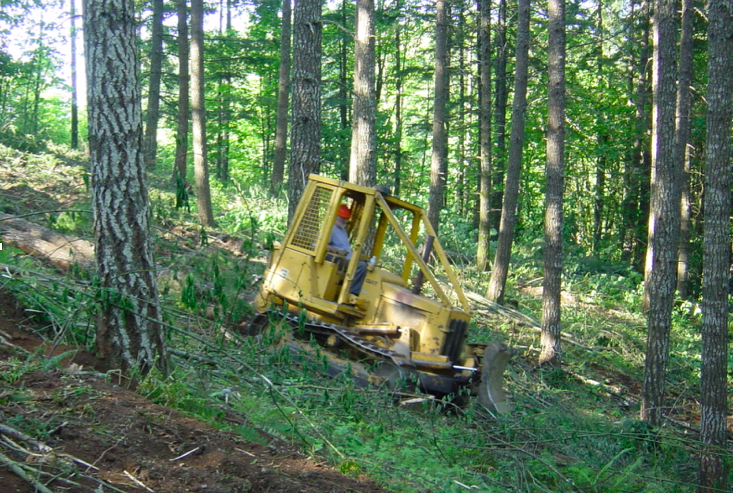
Restorative and responsible forest management can not only help solve the climate crisis, it can provide a perpetual supply of renewable materials and a base for stable employment.
While there is no simple, one-size-fits-all answer as to how best to manage forests for carbon, in general:
- Older forests store more carbon and trees that are allowed to grow older sequester more carbon, so rotations (intervals between harvests) should be lengthened and harvest rates should be reduced
- Forests that are managed less intensively (e.g. smaller clearcuts, more live-tree retention, wider riparian buffers) release less carbon than forests that are managed more intensively (e.g. industrial tree farms that rely on large, frequent clearcuts and applications of GHG-emitting fertilizers)
- Forests that are managed as ecosystems rather than monocultures are more resistant to wild fire and more resilient in the face of inevitable climate change — so unnatural tree plantations should be managed toward a more natural condition
Want to better understand how climate-friendlier forestry can increase carbon storage? Here is an analogy that can help.
Forest Stewardship Council (FSC) certification provides an independent mechanism to identify and reward climate-friendlier forestry. A 2018 study shows that FSC-certified forests in Oregon and Washington not only store more carbon, over time they produce more wood.
When it comes to the carbon impacts of forestry, context is everything. If we start with…
- an old forest, protection is best
- a young and/or degraded forest, managing toward a healthier, older condition is best
- cleared or clearcut land, reforestation or afforestation is best
Business-as-usual, industrial forestry is NOT the answer when it comes to combatting climate change.